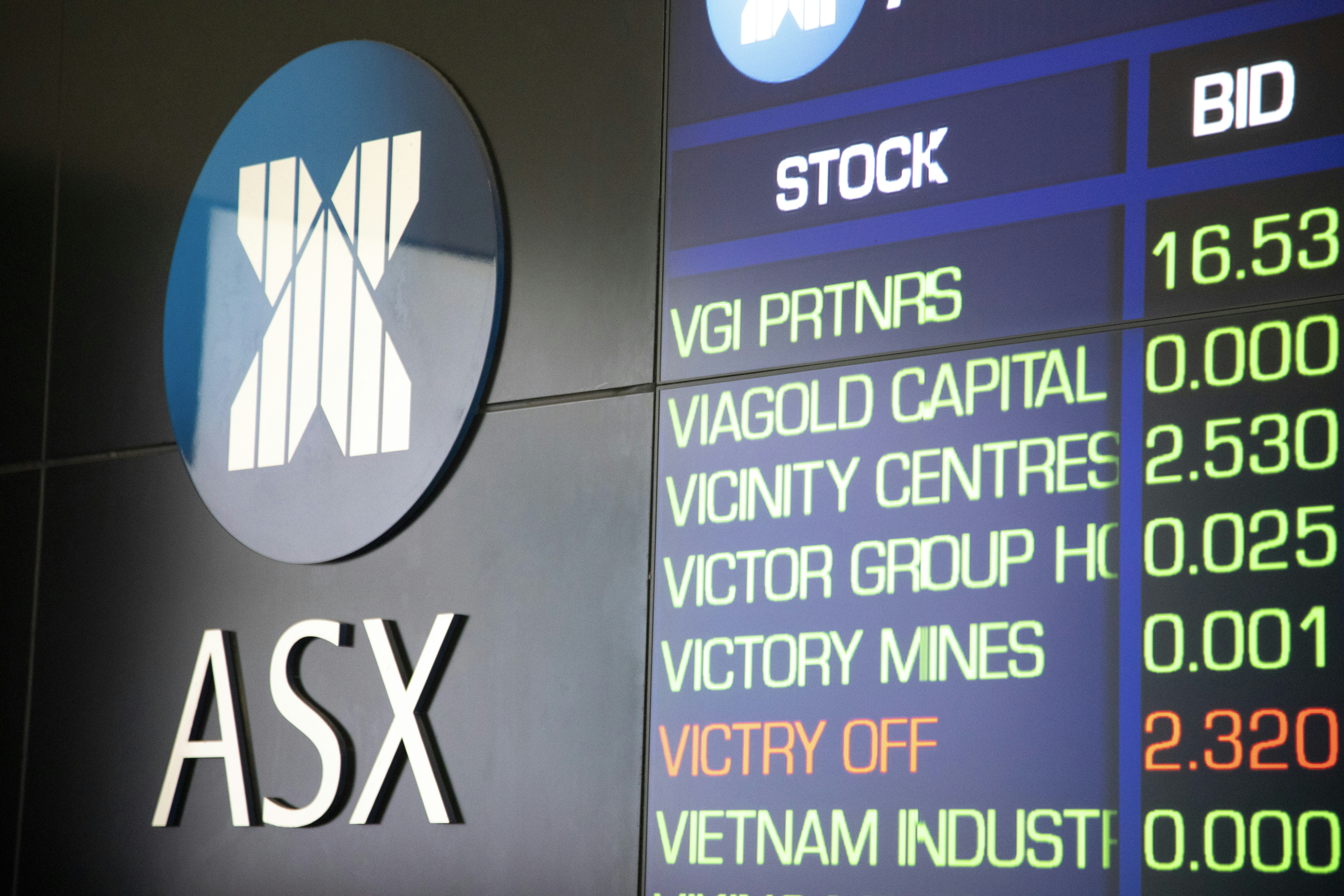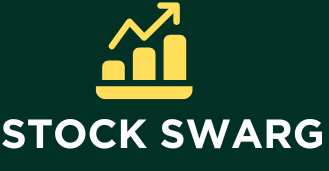
History of the Madras Stock Exchange
The Madras Stock Exchange (MSE) was established in 1937, marking a significant milestone in the development of the Indian financial markets. Initially founded to facilitate the burgeoning need for securities trading in southern India, MSE began as a physical trading floor, where traditional face-to-face transactions took place. The inception of MSE can be attributed to local traders and brokers who recognized the necessity of a formalized market structure to promote capital formation and investment opportunities.
Throughout the decades, the MSE has witnessed various key milestones that have shaped its operations and relevance in the Indian economy. One of the most significant events occurred in the 1980s when the exchange transitioned towards increased regulation and became a member of the National Stock Exchange (NSE) network, which enhanced its trading capabilities and connectivity. The 1990s marked another pivotal moment, as the liberalization of the Indian economy prompted a rise in market participation, leading to substantial growth in trading volumes.
Throughout its history, MSE has also experienced regulatory changes aimed at ensuring transparency and investor protection. The introduction of various financial instruments and derivatives has expanded trading options, further solidifying the exchange’s position. Additionally, transitions from open outcry systems to electronic trading platforms have significantly streamlined operations, allowing for faster transactions and improved market accessibility.
Prominent historical figures have played instrumental roles in MSE’s growth, advocating for reforms that aligned with national economic objectives. Companies that were once listed on MSE, such as prominent regional firms, helped illustrate the evolving landscape of Indian business and investment. As of today, the Madras Stock Exchange continues to contribute to the economic framework of India, embodying a legacy of resilience and innovation in the ever-changing world of finance.
Structure and Functioning of MSE
The Madras Stock Exchange (MSE), established in 1937, serves as a critical platform in India’s financial landscape, primarily facilitating trading in equity shares, bonds, and derivatives. The operational framework of MSE is structured to ensure efficient market functioning while adhering to regulatory guidelines. This exchange operates on a system that promotes transparency, speed, and access for all market participants.
Trading on MSE encompasses various mechanisms, facilitating the execution of orders based on market demand and supply. The exchange provides different order types, such as limit orders, market orders, and stop-loss orders, which cater to the diverse strategies of traders and investors. This flexibility allows participants to engage in transactions that align with their financial objectives. Market hours on MSE typically run from 9:15 AM to 3:30 PM, accommodating a wide range of trading activities throughout the day.
Settlement procedures are a crucial aspect of MSE’s operation. The exchange adheres to a T+2 settlement cycle, meaning transactions are settled two business days after the trade date, which enhances liquidity and minimizes credit risk. This timely settlement practice fosters confidence among investors, facilitating smooth trading experiences.
Furthermore, the role of brokers and market participants is integral to MSE’s overall functionality. Brokers, acting as intermediaries, assist investors in executing trades, providing expertise in navigating market complexities. Alongside brokers, various market participants, including institutional investors, retail traders, and foreign investors, contribute to the exchange’s dynamics. The oversight of regulatory bodies ensures compliance with legal and ethical standards, promoting a fair and orderly marketplace.
In summary, the Madras Stock Exchange functions within a well-defined structure that emphasizes efficient trading mechanisms, diverse order types, and rigorous regulatory compliance, thus establishing itself as a vital component of India’s financial infrastructure.
Impact on the Regional Economy
The Madras Stock Exchange (MSE) has served as a vital financial institution in Tamil Nadu, significantly impacting the regional economy since its inception. By offering a trading platform for various financial instruments, it fosters a conducive environment for investment opportunities, thus contributing to overall economic progression. The MSE has played a crucial role in capital formation, enabling businesses to access necessary funds, which in turn catalyzes growth and expansion for local companies. This is particularly relevant for small and medium enterprises (SMEs), which often struggle to secure financing through conventional channels.
By facilitating investments in SMEs, the MSE helps diversify the regional economy, creating jobs and enhancing the socioeconomic landscape of Tamil Nadu. The trading platform allows for streamlined access to capital, which is essential for innovation and development within the regional market. As SMEs grow and thrive, they contribute to the local economy by generating employment opportunities and stimulating consumer spending. The multiplier effect of such growth positively influences other sectors, creating a robust economic framework within the region.
Furthermore, the MSE actively engages in promoting financial literacy through various initiatives aimed at educating investors, especially within southern India. By raising awareness about investment opportunities and financial management, the exchange empowers individuals and businesses to make informed decisions that enhance their financial well-being. Educational programs, workshops, and outreach activities designed by the MSE have successfully increased participation in the stock market, leading to a more vibrant and engaged investor community.
Through its efforts to bolster investment in local enterprises and promote financial understanding, the Madras Stock Exchange emerges as a significant contributor to the economic development of Tamil Nadu and the surrounding regions. Its influence supports a sustainable economic growth model that benefits not just individual investors but the entire socio-economic fabric of the area.
Future Prospects and Challenges for MSE
The Madras Stock Exchange (MSE) has a rich history and continues to play a notable role in the Indian financial landscape. Looking forward, there are several future prospects and challenges that could shape the MSE’s evolution in the coming years. One of the primary drivers of growth for MSE is the integration of technological advancements. With the rise of digital trading platforms and algorithmic trading, the MSE must invest in enhancing its technological infrastructure to attract more traders and retain existing ones. This adaptation could potentially bolster trading volumes and enhance operational efficiency.
Moreover, MSE faces stiff competition from other stock exchanges, especially the more prominent Bombay Stock Exchange (BSE) and the National Stock Exchange (NSE). These competitors have significantly larger market capitalizations and investor bases, which presents a challenge for MSE in terms of maintaining its visibility and relevance. To counteract this, MSE may need to diversify its offerings, perhaps by introducing new financial products or focusing more on niche markets that are underserved by larger exchanges.
Additionally, changes in investor behavior, particularly among younger demographics, are reshaping the marketplace. Today’s investors are increasingly tech-savvy and inclined towards investing through mobile applications and platforms that provide low fees and educational resources. MSE must find innovative ways to connect with this audience to sustain its growth trajectory. By enhancing customer engagement through robust online services and educational initiatives, MSE can effectively position itself to harness these emerging trends.
Ultimately, while MSE faces several challenges, including competition and changing investor preferences, there remain significant opportunities for growth. Through strategic advancements and adaptations to the evolving financial landscape, the MSE can enhance its stature and continue to contribute to the Indian economy in meaningful ways. The future of MSE may hinge on its ability to remain flexible and innovative in addressing these challenges while capitalizing on new opportunities.


